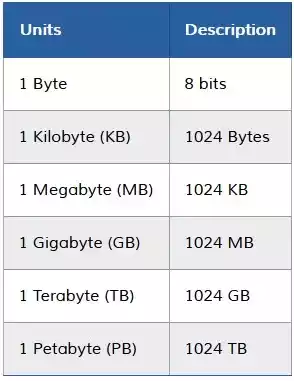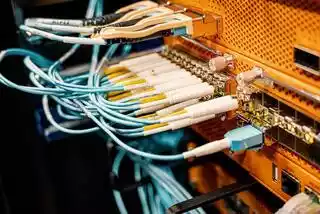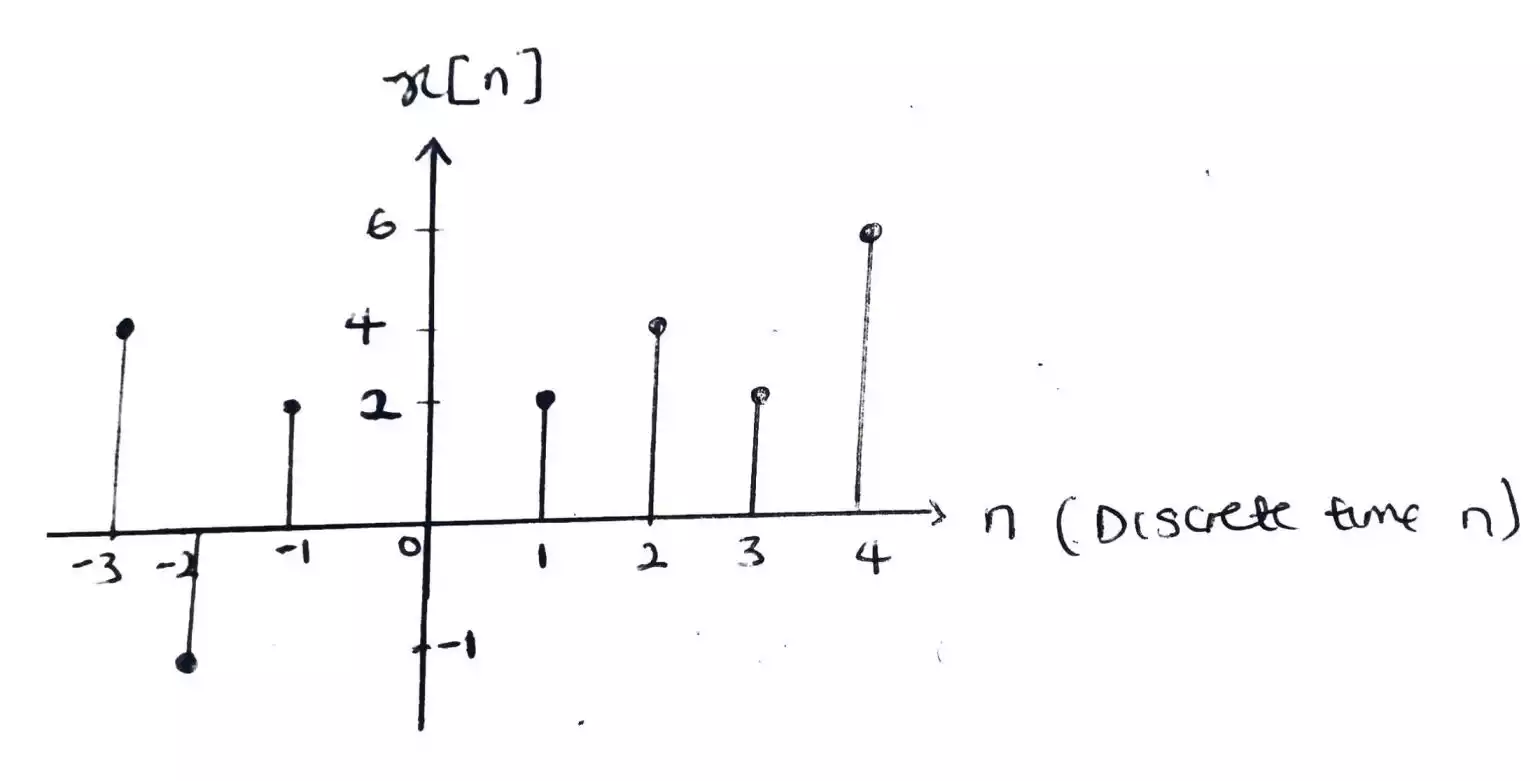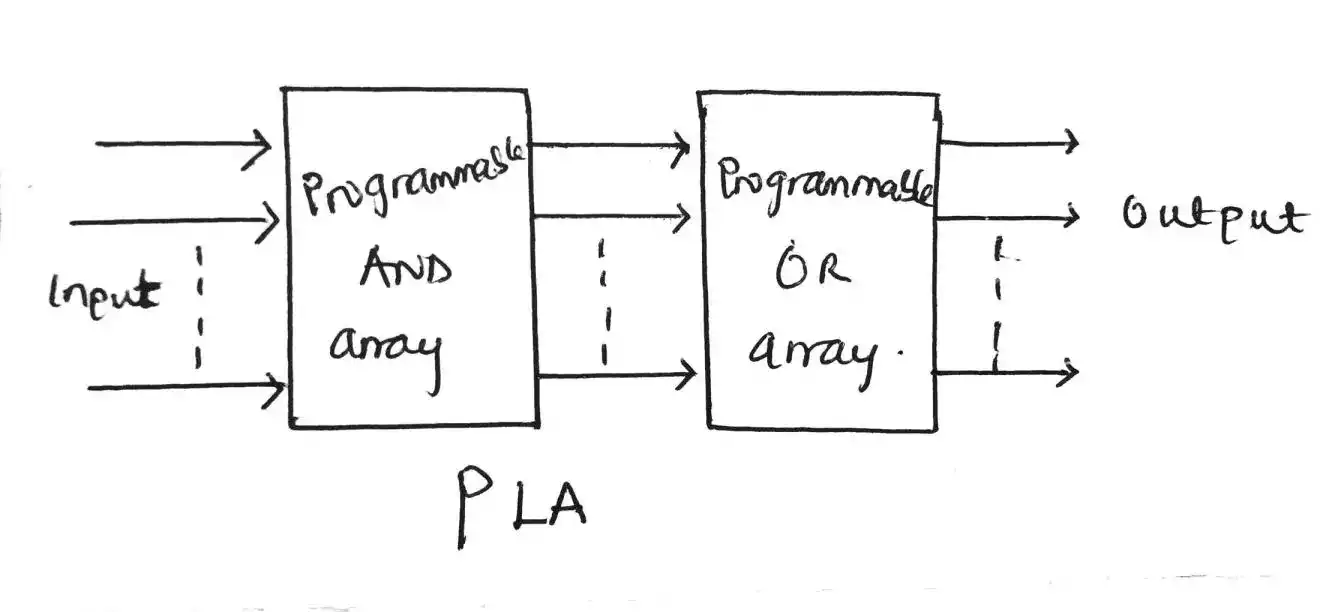How to Convert Binary to Decimal with 7 Examples
In the digital world, computers use the binary system, which consists of only two digits: 0 and 1. In contrast, humans primarily utilize the decimal system, with ten digits from 0 to 9.
Converting binary numbers to decimal allows us to interpret and work with binary data in a format that is more familiar to us.
It is an essential skill for programmers, computer scientists, and anyone dealing with binary data.
Table of Contents
Understanding Binary and Decimal Number Systems
Before we dive into the conversion process, let’s gain a basic understanding of the binary and decimal number systems.
In the decimal system, each digit’s place value represents a power of 10. The rightmost digit corresponds to $10^0$ (1), the next digit represents $10^1$ (10), followed by $10^2$ (100), and so on.
In binary, the place values are powers of 2. The rightmost digit represents $2^0$ (1), the next digit represents $2^1$ (2), then $2^2$ (4), and so forth.
How to Convert Binary to Decimal Step-by-Step
Now, let’s look at the step-by-step process of converting binary numbers to decimal.
Step 1: Assigning Place Values
Begin by assigning place values to each digit in the binary number, starting from the rightmost digit.
The rightmost digit will have a place value of $2^0$ (1), the next digit to the left will have a place value of $2^1$ (2), the next digit will have $2^2$ (4), and so on.
Step 2: Calculating the Decimal Equivalent
Multiply each digit in the binary number by its corresponding place value and sum up the results. This calculation will give you the decimal equivalent of the binary number.
Step 3: Finalizing the Conversion
After calculating the decimal equivalent, you have successfully converted the binary number to decimal.
The decimal number represents the same value as the original binary number but in the decimal number system.
Examples of How to Convert a Binary Number to Decimal
Example 1: Convert the binary number, 10110 to decimal
Step 1: Assigning Place Values:
1 0 1 1 0
2^4 2^3 2^2 2^1 2^0
16 0 4 2 0
Step 2: Calculating the Decimal Equivalent:
1 * 16 + 0 * 0 + 1 * 4 + 1 * 2 + 0 * 1 = 22
Therefore, the binary number, 10110 is equal to 22 in decimal.
Example 2: Convert the binary number, 110011 to decimal.
Step 1: Assigning Place Values:
1 1 0 0 1 1
2^5 2^4 2^3 2^2 2^1 2^0
32 16 0 0 2 1
Step 2: Calculating the Decimal Equivalent:
1 * 32 + 1 * 16 + 0 * 0 + 0 * 0 + 1 * 2 + 1 * 1 = 51
Hence, the binary number, 110011 is equal to 51 in decimal.
Example 3: Convert the Binary 1101 to Decimal
Step 1: Assigning Place Values:
1 1 0 1
2^3 2^2 2^1 2^0
8 4 0 1
Step 2: Calculating the Decimal Equivalent:
1 * 8 + 1 * 4 + 0 * 0 + 1 * 1 = 13
Therefore, the binary number 1101 is equal to 13 in decimal.
Example 4: Convert the Binary 10010 to Decimal
Step 1: Assigning Place Values:
1 0 0 1 0
2^4 2^3 2^2 2^1 2^0
16 0 0 2 0
Step 2: Calculating the Decimal Equivalent:
1 * 16 + 0 * 0 + 0 * 0 + 1 * 2 + 0 * 1 = 18
Hence, the binary number 10010 is equal to 18 in decimal.
Example 5: Convert the Binary 111111 to Decimal
Step 1: Assigning Place Values:
1 1 1 1 1 1
2^5 2^4 2^3 2^2 2^1 2^0
32 16 8 4 2 1
Step 2: Calculating the Decimal Equivalent:
1 * 32 + 1 * 16 + 1 * 8 + 1 * 4 + 1 * 2 + 1 * 1 = 63
Therefore, the binary number 111111 is equal to 63 in decimal.
Example 6: Converting Binary 10101 to Decimal
Step 1: Assigning Place Values:
1 0 1 0 1
2^4 2^3 2^2 2^1 2^0
16 0 4 0 1
Step 2: Calculating the Decimal Equivalent:
1 * 16 + 0 * 0 + 1 * 4 + 0 * 0 + 1 * 1 = 21
Hence, the binary number 10101 is equal to 21 in decimal.
Example 7: Convert the Binary, 1100100 to Decimal
Step 1: Assigning Place Values:
1 1 0 0 1 0 0
2^6 2^5 2^4 2^3 2^2 2^1 2^0
64 32 0 0 4 2 0
Step 2: Calculating the Decimal Equivalent:
1 * 64 + 1 * 32 + 0 * 0 + 0 * 0 + 1 * 4 + 0 *2 + 0* 1 = 100
Therefore, the binary number, 1100100 is equal to 100 in decimal.
Advantages of Binary and Decimal Number Systems
Both the binary and decimal number systems have their unique advantages. The binary system is the foundation of modern digital computing, as it aligns with the electronic nature of computers.
It enables efficient storage and manipulation of data in digital devices. On the other hand, the decimal system is more suitable for human comprehension, making it ideal for everyday calculations, financial transactions, and general mathematics.
Wrap Up
Converting binary numbers to decimal is a crucial skill for understanding and working with binary data.
By following the step-by-step process we discussed, you can easily convert binary numbers to their decimal equivalents.
Remember that the binary system represents data using two digits (0 and 1), while the decimal system uses ten digits (0 to 9).
Developing proficiency in this conversion process will empower you to perform various computations and solve problems in the digital realm.
Frequently Asked Questions (FAQs)
- Can I convert decimal numbers to binary using a similar process? Yes, the conversion process can also be applied in reverse to convert decimal numbers to binary. Instead of assigning place values using powers of 2, you would use powers of 10.
- Are there any online tools available for binary to decimal conversion? Yes, numerous online tools and calculators are available that can instantly convert binary numbers to decimal and vice versa.
Simply search for “binary to decimal converter” in your preferred search engine. - Why is the binary number system important in computer science? The binary system forms the foundation of modern computing because it represents data in the simplest form for electronic devices to process.
Computers store and manipulate data in binary format, making it essential for programmers and computer scientists to understand binary arithmetic and conversions. - Can I use decimal numbers in computer programming languages? Yes, many programming languages support decimal numbers. However, it’s important to differentiate between decimal numbers (base 10) and binary representations of numbers.
When working with binary data, you may need to convert between the two number systems for accurate computations.





